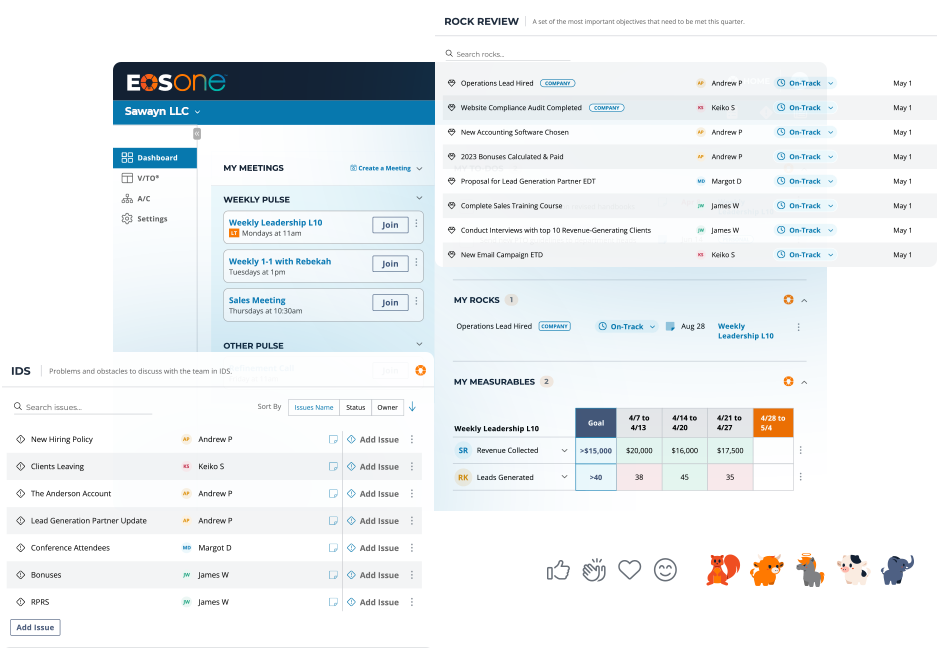From time to time, I have clients ask me if I can do anything to help them with personal time management. The typical reason is that they have put too much on their plate and they can’t figure out how to get everything done. So here’s my response, and this comes from a lot of personal experience transitioning from a poor time manager to a more effective time manager.
There’s a big difference between time management and effective time management. For many of us, time management boils down to managing our To Do Lists – trying to get more done and checking it off our lists within prescribed deadlines, but doing more doesn’t mean we are achieving what we want. Many of us are caught in the hamster wheel, running as fast as we can and not really getting anywhere.
The problem is that life will hand us a hundred more things we can do today. There’s an endless supply of possible things to do. In contrast, effective time management is more about prioritizing. It’s deciding what we want – and that can be really hard for some of us – what we will do towards that end and even more important, what we will not do.
As with any hot topic, there are scores of books offering lots of time management techniques. My aim here is to simplify the matter rather than adding even more tasks to our already full To Do Lists.
Effective time management is about pausing to answer 2 questions:
1) What outcome do I want to achieve in the given period of time and
2) What must I do in the precious time I have to produce that desired outcome?
Most of us will never experience effective time management because we won’t stop running. We convince ourselves that the only answer is to run faster and longer. “It has to get done,” we think, “and I have to do it.” The tyranny of the urgent ensnares all of us, so the first and most effective time management step is to pause. Stop voluntarily. Don’t wait for the heart attack to stop you and force you to reprioritize. Break from the reactive, mechanical doer mode.
Okay, now that you have stopped “doing”, take a few deep breaths and look ahead. In the day, week, quarter, year ahead of you, choose the outcomes you want to achieve. These are the outcomes that are most important to you. Everything else is less important and a distraction to your achieving what you want most. Set aside regular times to get and stay clear on what matters, even if it feels foreign at first. This clarity is essential for effectively managing your time and activities. The clearer you are about what you want and why you want it, the more impervious you will be to distraction.
With your outcomes vividly clear in your mind, answer the second question: What must I do in the precious time I have to produce each desired outcome?
Sounds so simple – and the process really is – but it’s not easy and absolutely impossible without the pauses. The tough part is choosing between all the things we can do to isolate the few things we must do to achieve the outcomes that matter most. Follow the process regularly – pause and answer the two questions – and I promise it will get easier and you will become an effective time manager.
One last suggestion. If you are not already using EOS®, the Entrepreneurial Operating System® to effectively run and manage your business, start now. The whole system was designed with effective time management in mind – incorporating all the right pauses, clarifying desired outcomes and focusing you and your entire team to do what must be done in the time you have to effectively produce those desired outcomes. Call 877-EOS-1877 to schedule a free call to learn more.





